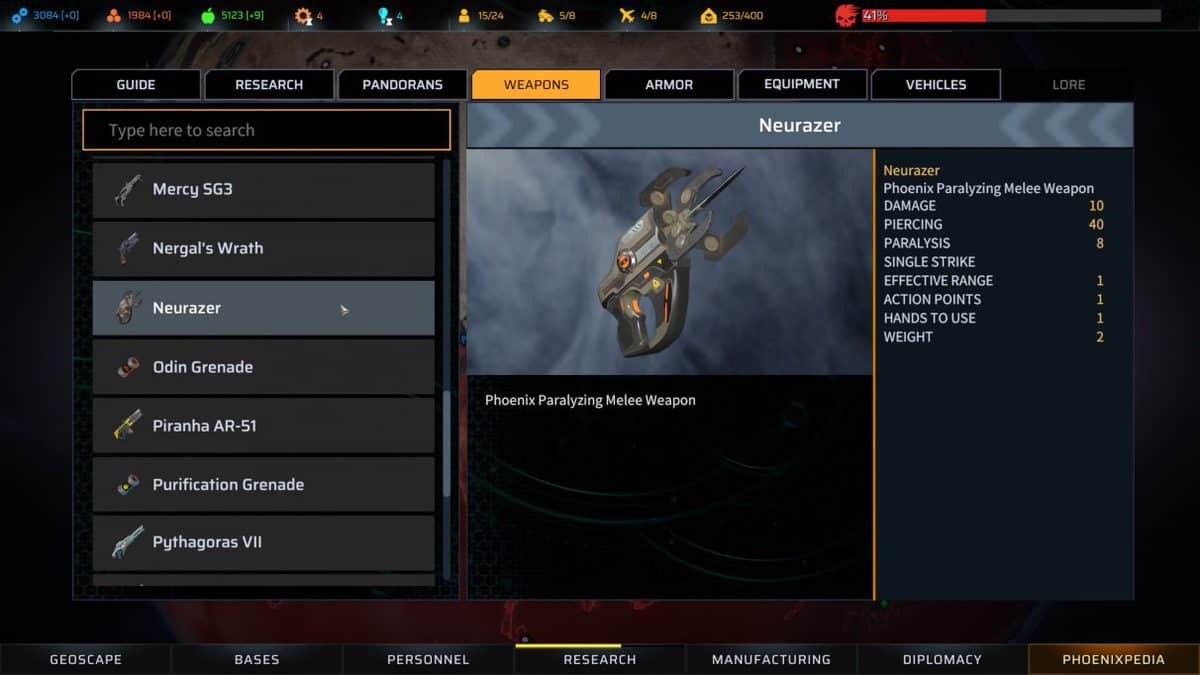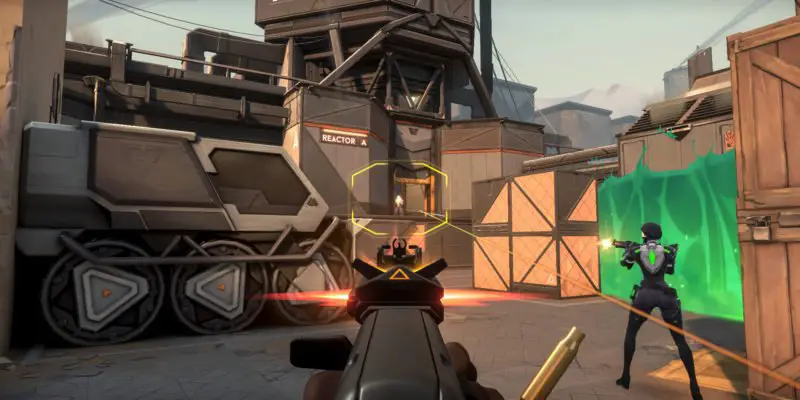Fallout Tactics is a very different style of game than the previous titles in the Fallout series. Where they focused on role-playing and character development, Brotherhood of Steel is a strongly combat-oriented game built on an RPG engine. In each mission you’ll have a team of up to six members and each mission is hazard pay time. Fallout explores several concepts, many of which focus on the complexities of human nature. These themes, coupled with its robust setting, can make the series difficult to take in. For those seeking to connect the dots, here is the bizarre story of Fallout explained.
Overview
After the apocalypse, mankind survived in two groups -- camps of refugees on the surface who fight the radioactive wasteland and the elite in crumbling underground Vaults dreaming of their former glory. But the Vaults were not stable and the Brotherhood of Steel was formed to bring order to the wastelands. Eventually a schism developed in the Brotherhood between those who insisted that no outsiders could be allowed to join the Vault-dwellers and those who foresaw the end of the Vaults as their numbers dwindled into nothing.
The isolationists forced those who wanted to expand to leave on a doomed mission. Cast out from the Vaults, they made their way east. Eventually, unable to continue onward, they formed a new enclave on the outskirts of the ruined city of Chicago and began to expand. With their superior technology they protected the villages around them in return for supplies and for the strongest and brightest children. These recruits (at least those who survive training) join the Brotherhood of Steel, dedicated to restoring the world to its former prosperity through whatever means necessary.
Gameplay, Controls, Interface

Fallout Tactics is a very different style of game than the previous titles in the Fallout series. Where they focused on role-playing and character development, Brotherhood of Steel is a strongly combat-oriented game built on an RPG engine. In each mission you’ll have a team of up to six members and each mission is hazard pay time. Your team starts out as a bunch of fresh-from-training recruits -- it’s up to you to build them into an effective fighting unit as you progress.
The hardest part of playing is getting used to maneuvering your squad correctly. Your team members can run, walk, crouch, or crawl. They also have various alert states (passive, defensive, and offensive) that effect how they will react to their environment when you’re not directly controlling them. It took me a while to get the hang of controlling the entire team and keeping them out of harms way. The tutorial missions were a great help here -- they teach you not only basic movement and control, but also how approach various situations and use team members cooperatively to accomplish your goals.
Once you’ve mastered moving and fighting you’ll become part of a ever-expanding tale that begins with simple a recruiting trip and leads to an attempts to rediscover and activate long-dormant technology and defeat the powerful enemies that threaten all mankind. Each of the 20 scenarios throughout the game start off with detailed briefings giving you your objectives. After you’re briefed you select your team from a pool of over two dozen, each of which has unique specialties and skills. Choose wisely -- some missions may require a demolitions or assault specialist, while others may call for the a highly trained sniper.
The gameplay is not the fast-paced shoot-everything-that-moves style found in games like Diablo I. In fact, speed is most likely to get you killed. In most missions you’re vastly outnumbered and outgunned -- a frontal assault will solve nothing. Taking things slowly and carefully and only getting involved in firefights when unavoidable is the best course. Only enemies within the field of vision of one or more of your team can be seen and often they will be taking advantage of cover to hide, just as you are. Getting through the game takes patience and skillful use of your teams skills and equipment.

And of the single player game isn’t enough excitement then you can try your hand a multiplayer –Tactics include both Skirmish and Assault modes. Skirmish is a last-team-standing free for all melee, while in Assault one team defends a base while the other attempts to infiltrate and flip a switch.
Graphics & Audio
The graphics in Tactics are nearly identical to those from Fallout 2. There are some improvements and added detail, but there wasn’t much to add. The backgrounds are detailed and the animated cut-scenes are very well done. The voice acting is stellar -- gritty and impassioned. The sound effects are less impressive. They are good, but don’t stand up to the quality of the actors portrayals.
The game does deserve its 'M' rating -- there are spots where the game animation gets pretty gross. Enemies often don’t just die; they explode like gory little bombs. Add to that the language which is sometimes very rough and you have a title that is not designed for youngsters.
Fallout Tactics Mods
System Requirements
Pentium II 266 MHz or faster, 64 MB RAM (128 MB recommended), 4X CD-ROM; Direct-X 7-compatible video and sound card.
Fallout Tactics C Dev Phoenix 4
Bottom Line
If you’re a fan of the Fallout series, particularly if you enjoyed the combat sections of the first two games, you’re going to want to get a copy of Tactics. It adds new depth and action to the Fallout universe, while staying true to the rich history already built for the world. And with the ability to play against real opponents in addition to the engrossing single player campaign there’s plenty to keep you busy for weeks. It’s not often that a game series can survive a genre change, but Tactics proves not only that it can be done, but does so with flair.